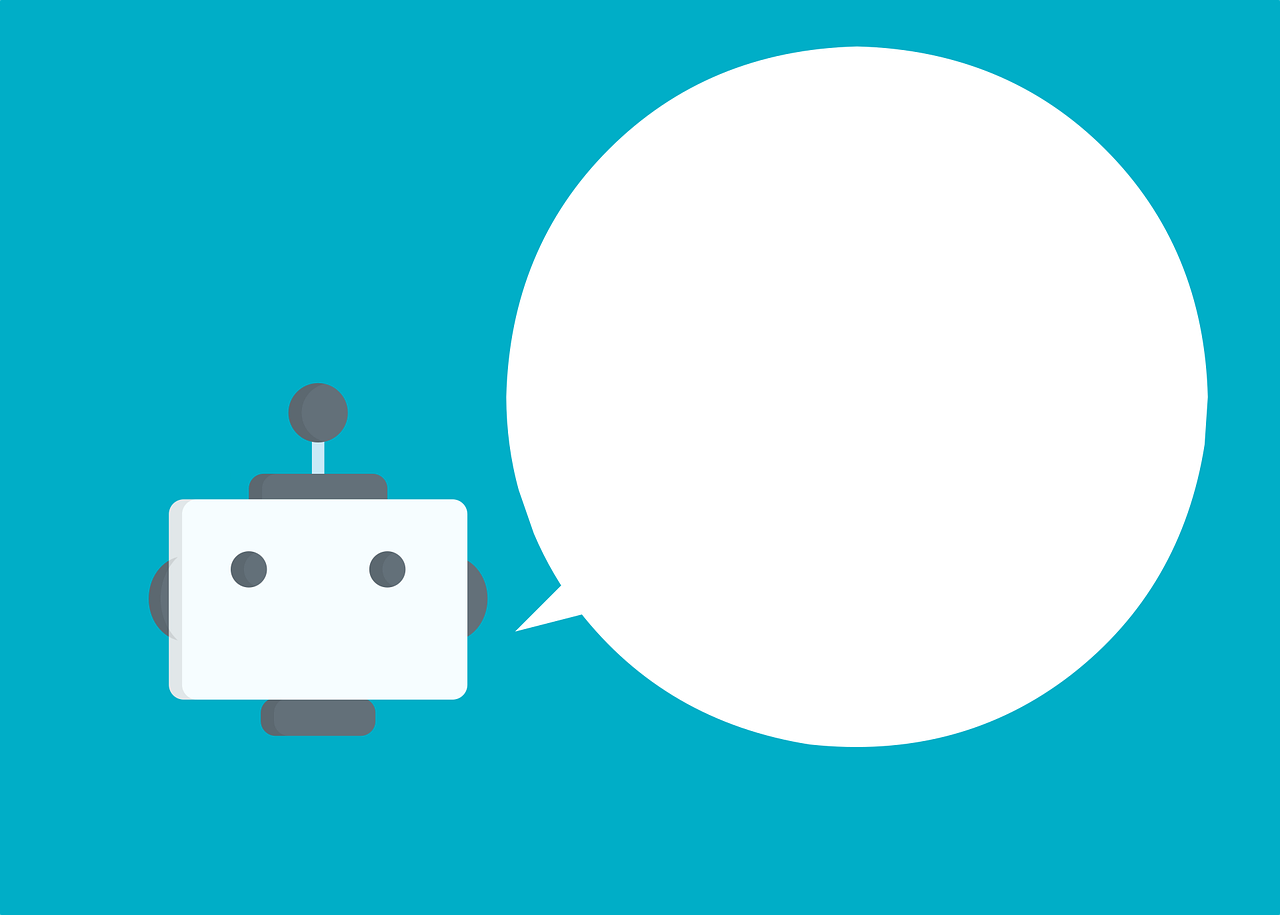
By Marisa Hochberg : https://thepuristonline.com/2019/05/pure-picks-marisa-hochberg/
As we’ve grown as brands, so too have our digital marketing strategies. We use a variety of channels to drive more targeted audiences to our content and apps. As we become more data-driven and customer-obsessed, marketers are using artificial intelligence and chatbots to better serve consumers and businesses alike. In this blog post, you’ll learn how chatbots can help your marketing efforts—and which chatbot platforms are right for your business. If you’ve ever used a chatbot in a digital marketing campaign, you’ll discover why it’s the perfect way to engage with customers in new ways that build trust and loyalty. Let’s explore the different types of chatbots, the different types of marketing campaigns that use them, and how you can start incorporating them into your services.
What is a chatbot?
A chatbot is a computer program that can interact with consumers and businesses online. It can help support digital marketing campaigns by serving as a remote agent of communication with users, helping with questions and problem-solving, and delivering relevant and useful content. The bots can be used for a variety of uses, such as answering routine questions customers have, helping with purchasing decisions, recommending products or services, and conducting business interactions.
How to build a chatbot
Creating a bot is relatively easy. All you have to do is create a code snippet that can interact with users and send messages back to the bot’s owner. Creating a bot is a simple process that requires no programming knowledge or special skills. There are many different types of bots, including: – Native: This is the most common type of bot. It’s coded in a programming language and then sent to the end user’s computer via an app. – Webbot: This is the most complex bot and is programmed using a code editor. It’s then sent to the browser where it’s accessible via a web page. – API bot: This is a combination of both native and web bots. It’s coded in a programming language and sent to the API (application programming interface) to be consumed by end customers.
Types of chatbots
There are many different types of bots that you can use in your campaigns. We’ll go over some of the most popular in this article: – End-user Experience (EEX) bots: These are human-like bots that help with common problems your customers might have. For example, if a customer inquires about a product, an EEX bot can send that customer a video demonstration of it and answer any questions they might have. – Brand Experience bots: These bots help with brand experience issues. For example, if a customer’s computer freezes or crashes, an experienced bot can help troubleshoot the issue and get it back online as quickly as possible. – Content Experience bots: These bots help with the creation of content. It can help with: – Creating landing pages and content for online sales leads – Creating blog content that covers relevant topics – Updating your blog regularly – Social media bots: These bots help you interact with your target audience on social media platforms. They can: – Follow you on Instagram – Follow you on Facebook – Follow you on LinkedIn – Follow you on Twitter – Follow you on Pinterest – Follow you on Apple TV – Customer service bots: These bots help with customer service issues. For example, if a customer complains about a service or product, a customer service bot can help troubleshoot the issue and get the customer back on the right track.
When to use a chatbot
Some uses for a chatbot are: – Customer service – Resolving common problems and issues that customers may have – Marketing – Automating tasks and generating content for various channels – Advantages of using a chatbot – No Programming Needed – Respond To Routine Questions – Answer Any Questions/Problems You Have – Generate Videos, Digital Diagrams, Or Other Visuals – Help With Brand Experience Issues – Followup With Customers.
Final Words
While each type of bot has its uses, we recommend using the most popular bots for most campaigns. If a certain type of bot is too complicated to use, it might slow down your business and cause customers to ask less-direct questions to get answers. If a bot has a lot of features, it might become overwhelming for users to use. Users also might become confused about which bot to choose when they encounter two or more of them in a campaign.
